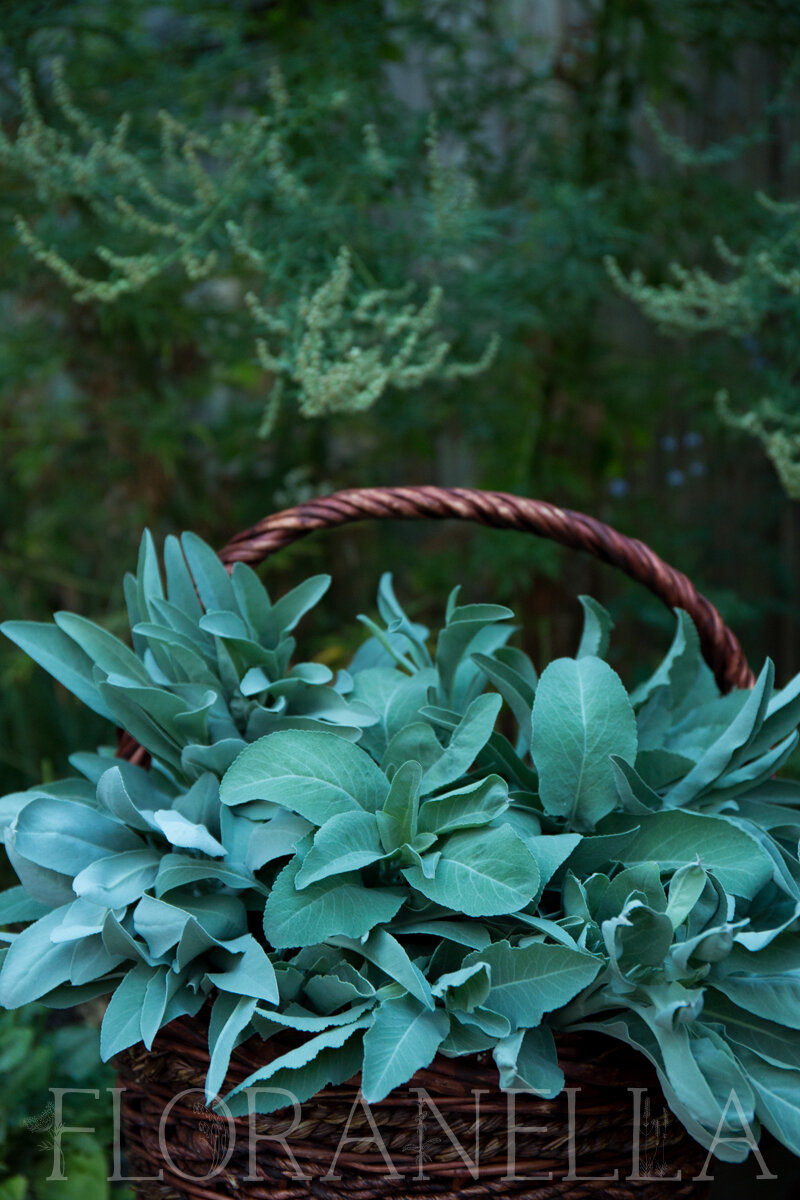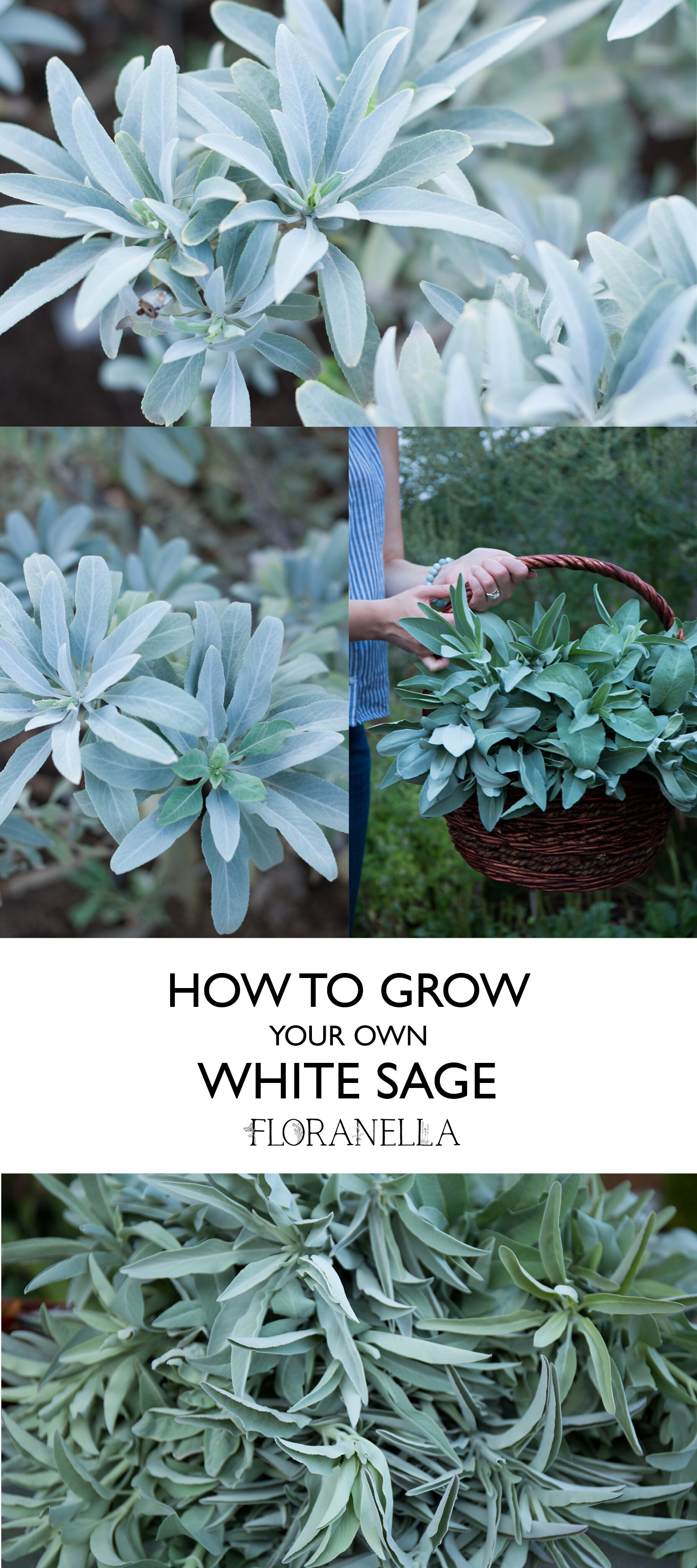How to Grow White Sage
White sage is native to the desert regions of the southwestern United States and parts of Mexico. While the plant is not yet considered an endangered species, it has been vastly overharvested in its native environment and is considered to be at risk by United Plant Savers. Because of the trends that have multiplied the demand for this plant, it is important for us to learn to grow it ourselves and to purchase it from responsible growers rather than from wildcrafters or retailers who purchase from wildcrafters so as not to further deplete the native plant population.
White sage has a reputation for being a little bit tricky to grow, but if you know how to care for it, it can actually be quite resilient and it really is a beautiful plant. I love having it in my garden.
If you are lucky enough to live in an area where this plant grows wild or elsewhere in growing zone 9+, you can likely grow white sage in your native soil without much fuss and it will grow as a happy perennial for you. If you live in a cooler growing zone, you will likely want to grow white sage as an annual or plant it in a very large pot on casters so you can move it into a greenhouse or sun room in the cold months.
The easiest way to add white sage to your garden is to purchase seedlings from a reputable plant nursery. In the US, Strictly Medicinal Seeds and Goodwin Creek Gardens both carry white sage starts that they ship throughout the country. If you would rather start with seeds, you will scarify them before sowing to improve your germination rate. In southern California, the seeds germinate better after wildfire season so many people find that giving them a quick fire treatment can also improve germination rates. (Personally, I do not do this. I just plant a few more seeds than I think I will need.)
Sprinkle just a thin layer of sand or vermiculite over the seeds so they are barely covered and water them in. Keep your seed tray in full sun and water it whenever the soil starts to look a little bit dry until the seeds sprout, then water as needed to keep the young seedlings from drying out.
When your plant starts or seedlings are ready to plant out, give them an area with full sun and well draining soil. In its native environment, white sage grows in soil that has a lot of sand in it but I have found that it does just as well in garden soil and raised bed soil mixes here in the PNW as long as the soil drains well. When you water, the water should soak in immediately, not sit in puddles on the surface. Water as needed while the plants establish roots, then water deeply when the top inch or two of the soil is dry.
In my zone 8b garden, the fastest growing white sage plants are grown alongside my roses in tall raised beds. In shade or containers, it grows much more slowly and tends to stay shorter without as much branching. White sage will overwinter here if the soil does not become too boggy during our wet winters (I always lose a few of the plants during especially rainy winters) and if we do not have too severe a frost. The plants that are well mulched in winter seem to be most likely to come back in the spring. We had some pretty hard frosts last winter and I still had plants survive, so if the plant is strong and healthy, it can be quite resilient. In southern California and Mexico, white sage will remain evergreen in the colder months but in areas with frost, it will die back. I prune dead branches off the plants in the spring.
Have you ever grown or worked with white sage? Tell me about your experience in the comments below. I would love to hear from you!
Much love,
Erin
About the Author
Hi there, I’m Erin! I am the main instructor here at Floranella. I am a clinical herbalist, aromatherapist, artisan distiller and organic gardener based in the Pacific Northwest. Here at Floranella, I teach people how to work with plants safely and effectively from the garden to the apothecary. Thanks for being here! I’m glad you stopped by.





